Let's talk About the Universe
The universe, that place that embraces everything, that covers and shelters everything, basically the place that gave rise to all the things we know today and even those we do not know. The universe shelters everything, however, not everything in it spontaneously arose, in fact just like the evolutionary processes that take place on earth, matter and the structures of the universe also developed little by little through an evolutionary process where all matter was gradually ordered.
That is why in my post today I would like to explore more the different structures that are found in the universe and that were formed over the years.
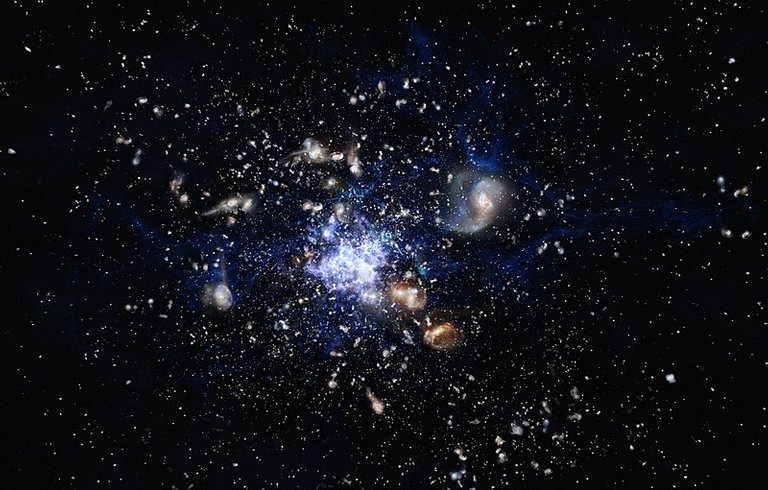
Wikimedia
CC BY 4.0
The Universe.
The Universe is everything, without exceptions. Matter, energy, space and time, everything that exists is part of the Universe.
Wikipedia
Despite its immensity, the universe is not infinite. If it were, there would be infinite matter in infinite stars, and for now, it has been determined that it is not so. On the contrary: as regards matter, the universe is, above all, empty space.
In the universe are a variety of bodies such as galaxies, galaxy clusters and larger structures called superclusters, as well as intergalactic matter. It should be noted that all the bodies of the universe move by the force of attraction that some bodies exert on others (the biggest ones attract the little ones close to them)
Timeline of the Structure of the Universe.
The structures that are currently in the universe were not always that way, but they were evolving to be what they are now:
Everything begins with the big bang, approximately 13,700 million years ago.
After the big bang, huge amounts of radiation and heat were generated, which caused small elements to form. At first, these light elements were only protons, electrons and neutrons, so that with a little more time the hydrogen and helium, the simplest elements, were born.
After the formation of some elements, the universe was gradually expanding, which caused it to be cooling off. However, the conditions for the hydrogen and helium nuclei to capture electrons to form other heavier and more neutral atoms were not yet available.
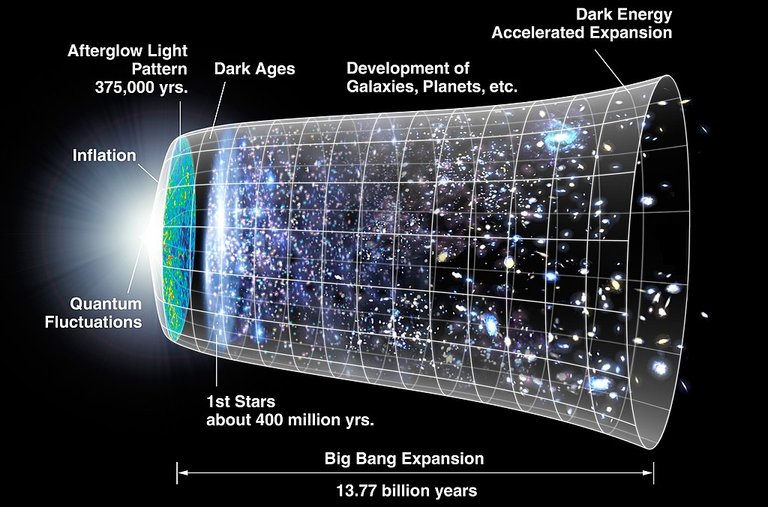
Wikimedia
Public Domain
The formation of new atoms took almost 300,000 years after the big bang, and it was until that moment that all the elements that make up the universe and the periodic table were progressively formed. However, the universe is also composed of dark matter.
With the appearance of new elements gases and stellar dust were formed, from which the first stars were formed due to the union of those gases propitiated by the gravity that existed between said gases.
After 100 million years, so-called dwarf stars formed.
The planets were born after some of the dwarf stars that had formed, were gradually extinct. Then the system where the dwarf stars orbited was transformed into a solar system, where the nascent planets would orbit around a main star like the sun.
The gravitational attraction of the bodies causes matter to gather and form galaxies and clusters. All this after 1,000,000,000 years.
Finally, the Universe is made up of a set of structures.
Structures of the universe.
Stars.
Stars are basically large masses of gases, usually of hydrogen and helium, that constantly emits light. They are found at high-temperature levels, so in the interior, there are usually nuclear reactions.
The stars seem to be immobile, but it is not like that; in fact, all the stars move at an extremely high speed, although at distances so great that their changes of position are only noticed through the centuries.
Planets.
They are the celestial bodies that revolve around a star. They are trapped within the gravity field of the stars.
Satellites (Moons).
They are bodies that constantly rotate around a planet. For example, the Moon that revolves around the earth.
System.
It is a grouping of structures, formed by a star and a group of planets revolving around it (with its satellites). For example, the solar system in which the earth is located.
Galaxy.
They are a conjunction of many stars, planets, and satellites. It is made up of several stars. Our galaxy is the Milky Way and in it, there are many systems besides solar.
These are usually very different from each other and are divided into Elliptical, lenticular, spiral and irregular. They group gas, dust, stars and dark matter. Many of the galaxies have a black hole in their center.
Galaxy group.
It is a grouping of several galaxies. The Milky Way is part of a cluster of galaxies called the Local Group.
It should be noted that the largest structure that is currently known in the universe is called Hercules–Corona Borealis Great Wall.
wikipedia
And it is a set of galaxies linked by gravity that is about 10,000 million light years and measures about 10,000 million light-years from one end to the other. It is so elongated that it has been determined that it occupies almost 11% of the observable Universe.
wikipedia
References.
- https://en.wikipedia.org/wiki/Observable_universe
- https://en.wikipedia.org/wiki/Universe
- https://www.nationalgeographic.com/science/space/universe/origins-of-the-universe/
- https://en.wikipedia.org/wiki/Structure_formation
- https://www.sciencelearn.org.nz/resources/271-natural-satellites
- https://www.britannica.com/science/universe
- https://spaceplace.nasa.gov/galaxy/en/
- https://en.wikipedia.org/wiki/Galaxy_groups_and_clusters
- https://www.space.com/23754-universe-largest-structure-cosmic-conundrum.html

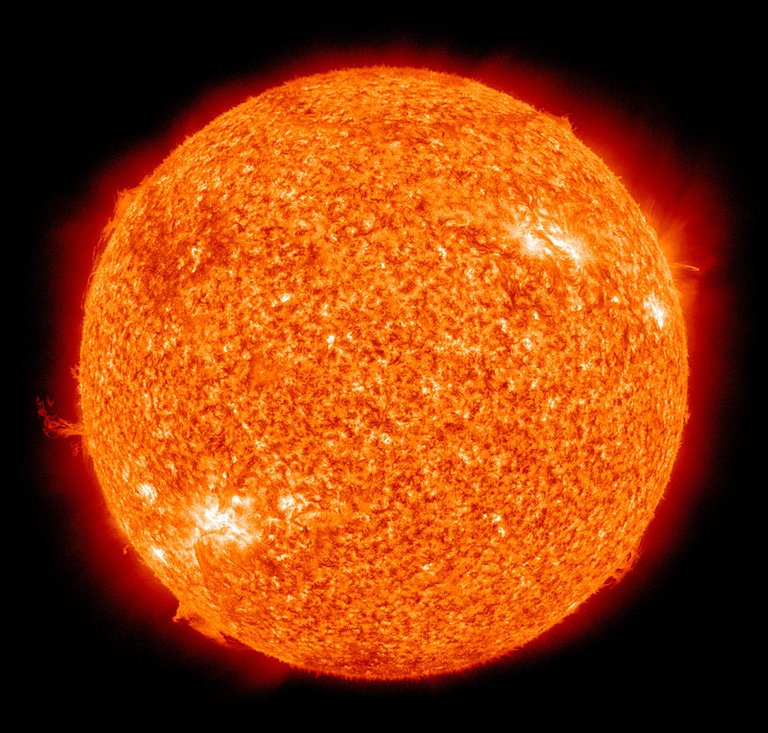
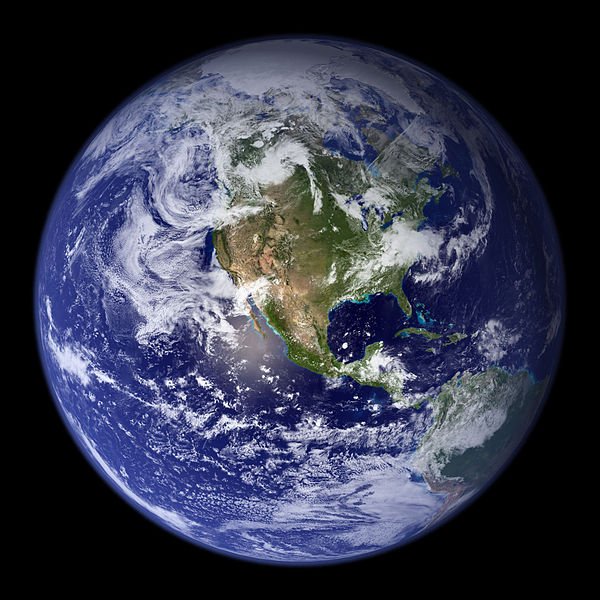
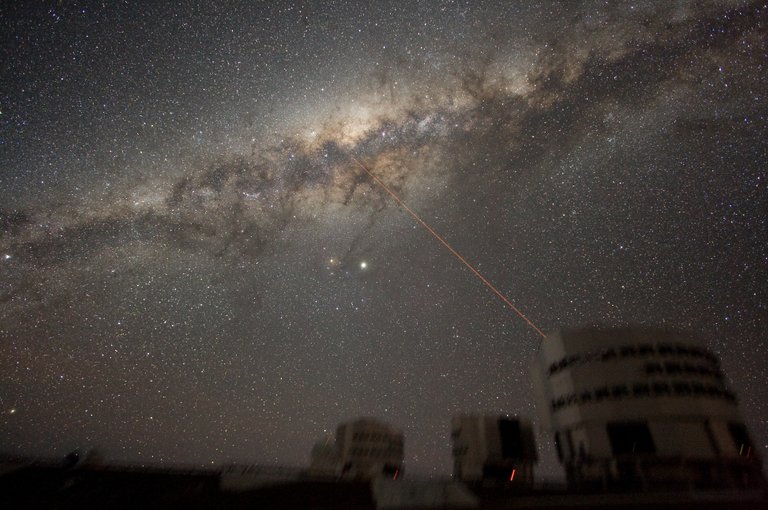
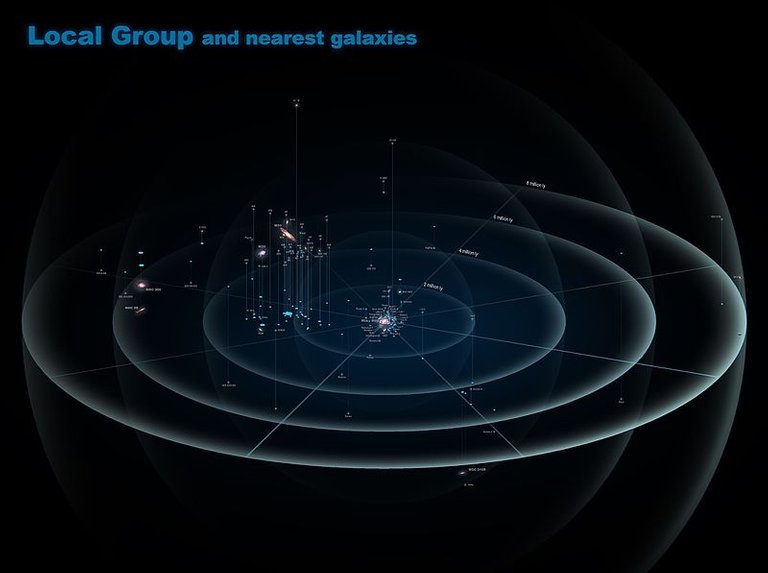
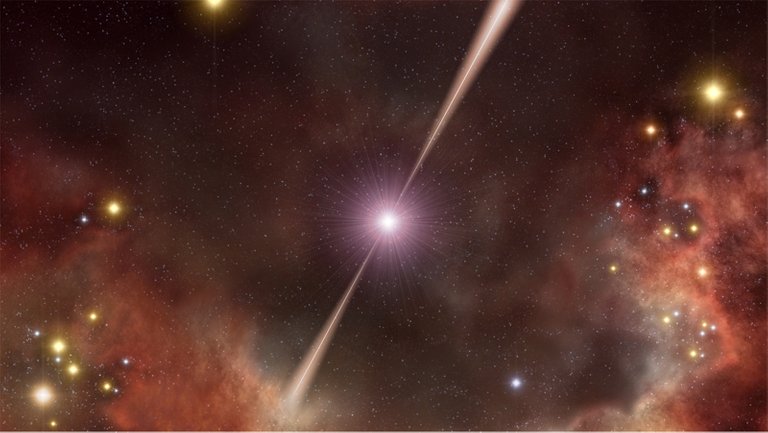
This post has been voted on by the SteemSTEM curation team and voting trail. It is elligible for support from @curie and @minnowbooster.
If you appreciate the work we are doing, then consider supporting our witness @stem.witness. Additional witness support to the curie witness would be appreciated as well.
For additional information please join us on the SteemSTEM discord and to get to know the rest of the community!
Please consider using the steemstem.io app and/or including @steemstem in the list of beneficiaries of this post. This could yield a stronger support from SteemSTEM.
Hi, thanks for the post! I have included it in my daily Science and technology digest, and you'll receive a 10% share of that post's rewards.